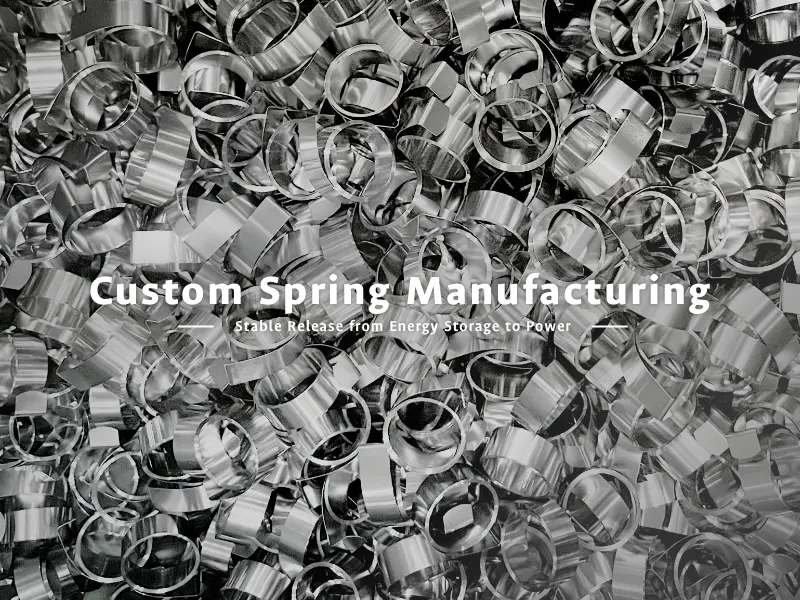

Applications

Power Spring
More than just serving the purpose of providing rebound and reset functions for devices, springs also play a vital role in delivering continuous power output. By releasing energy slowly or quickly, they drive components to move and keep devices functioning properly. Applied across various types of components, both big and small, springs bring greater convenience and enjoyment to everyday life.
Wind-up toys, car window regulators, toys, and rowing machines (exercise equipment).

Power Spring (Prestressed)
Compared to traditional power springs, it offers smoother and more powerful energy output even within limited spatial constraints. It plays a key role in ensuring stable performance, especially in the construction of safety-related equipment, providing users with an added sense of reliability and trust during application.
Fall arresters, hose (air tube) retractors, cord retractors, automotive seat belts, spring balancers, and more.

Constant Force Spring
This type of spring delivers a constant force throughout its entire range of motion and is used in applications that require a stable force output during operation. To prevent users from exceeding the spring's original length during use, two additional internal loops were added during the design process for enhanced safety.
Fan height adjusters, medical equipment lift mechanisms, height-adjustable desks, fire dampers, sliding doors, and more.

Constant Torque Springs
Essentially, a constant torque spring functions similarly to a constant force spring. It is typically mounted on a 'storage spool', with its outer end connected in reverse to an 'output spool'. When the output spool is rotated, the spring is wound in the opposite direction, generating a constant torque on the output spool. When the external force is removed, the spring rewinds from the output spool back onto the storage spool, returning to its natural state. This type of spring is suitable for multi-turn applications requiring constant force, such as automatic cable retraction, counterbalancing weights, and power sources.

Motor Brush Spring
Brush springs, also known as motor brush springs or constant force motor springs, primarily serve to press the carbon brushes against the commutator, ensuring stable contact during motor operation. These springs typically feature a constant pressure characteristic, maintaining consistent pressure on the commutator even as the carbon brush length changes. This constant pressure helps reduce noise, sparking, and electromagnetic interference.

Variable Force Spring
Compared to constant force springs, variable force springs have a pulling force that changes with the spring's extension. Typically, the initial force is lower and increases as the extension becomes greater. These springs are commonly used in store display racks. At the beginning, the spring is fully extended (maximum tension and rack fully stocked) and fixed to the rack. When the front row of products is taken, the second row is pushed forward into the original front position as the spring retracts. When only a few items remain on the rack, the spring no longer needs to exert a strong pulling force to push the items forward. Therefore, the spring is designed with a variable force characteristic.


